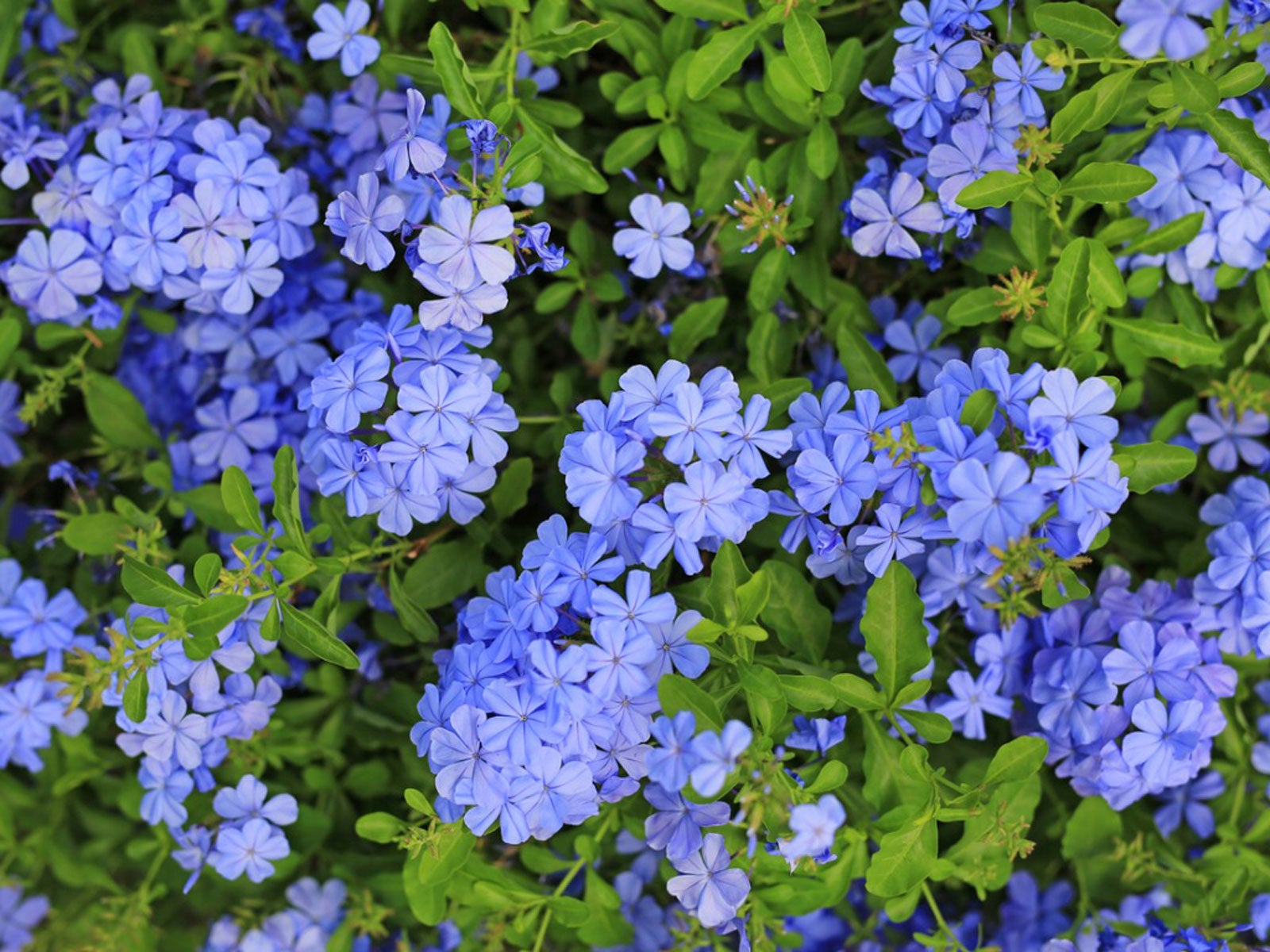Plumbago: A Versatile and Beautiful Flowering Plant
Plumbago, commonly known as leadwort, is a genus of flowering plants belonging to the Plumbaginaceae family. Native to South Africa, these plants are renowned for their vibrant, colorful flowers and their ability to thrive in various climates. Plumbago plants are popular choices for gardens, landscapes, and containers due to their low maintenance requirements and their potential to add a touch of elegance to any outdoor space.

Plumbago plants are characterized by their shrubby growth habit and their ability to reach heights of several feet. They have evergreen leaves that are typically oval-shaped and possess a glossy texture. The flowers are produced in clusters and can vary in color from white, pink, blue, and even purple. The petals of the flowers are often fused together, creating a tubular shape.
There are several notable species of Plumbago, including:
Plumbago auriculata: This is the most commonly cultivated species of Plumbago. It is known for its large, showy flowers that are typically blue or pink in color.

Plumbago plants are relatively easy to cultivate and require minimal care. They prefer sunny locations and well-draining soil. While they can tolerate drought, regular watering is necessary for optimal growth and flowering. Plumbago plants can be propagated from cuttings or seeds.
To encourage bushier growth and more abundant flowering, it is recommended to prune Plumbago plants after they have finished blooming. Pruning also helps to maintain the desired shape and size of the plant.
Plumbago plants have several uses and benefits:
Ornamental value: Plumbago plants are prized for their ornamental value and are often used in gardens, landscapes, and containers. Their vibrant flowers can add color and interest to any outdoor space.
Plumbago plants are generally resistant to pests and diseases, but they can be susceptible to aphids and mealybugs. If these pests are present, they can be controlled with insecticidal soap or neem oil. Additionally, Plumbago plants can be affected by root rot if they are overwatered or planted in poorly draining soil.
Plumbago plants are versatile and beautiful flowering plants that can add a touch of elegance to any outdoor space. With their low maintenance requirements and their ability to thrive in various climates, Plumbago plants are a popular choice for gardeners and landscapers alike. Whether you are looking to create a vibrant flower bed or attract pollinators to your garden, Plumbago is an excellent option to consider.
Choose a sunny location: Plumbago plants require at least six hours of direct sunlight per day.
Plumbago auriculata ‘Capensis’: This variety has smaller, white flowers and a more compact growth habit compared to the typical Plumbago auriculata.
Plumbago plants can be used in a variety of landscape design applications. They can be grown as individual shrubs, in mixed borders, or in containers. Plumbago plants are also suitable for creating hedges and screens.
While Plumbago plants are typically grown as outdoor plants, they can also be cultivated as houseplants. However, they require bright, indirect light and regular watering. Plumbago plants can be overwintered indoors in cooler climates.
Certain Plumbago species have traditional medicinal uses. For example, Plumbago zeylanica is used in Ayurvedic medicine to treat various ailments, including skin conditions, respiratory problems, and digestive disorders. However, it is important to consult with a healthcare professional before using Plumbago for medicinal purposes.